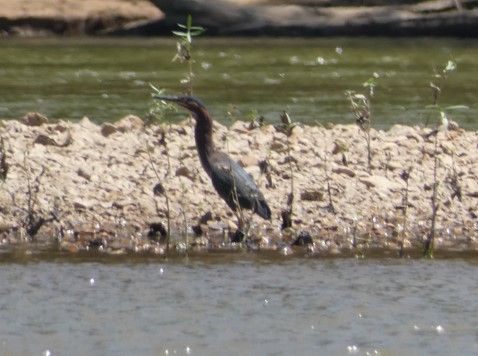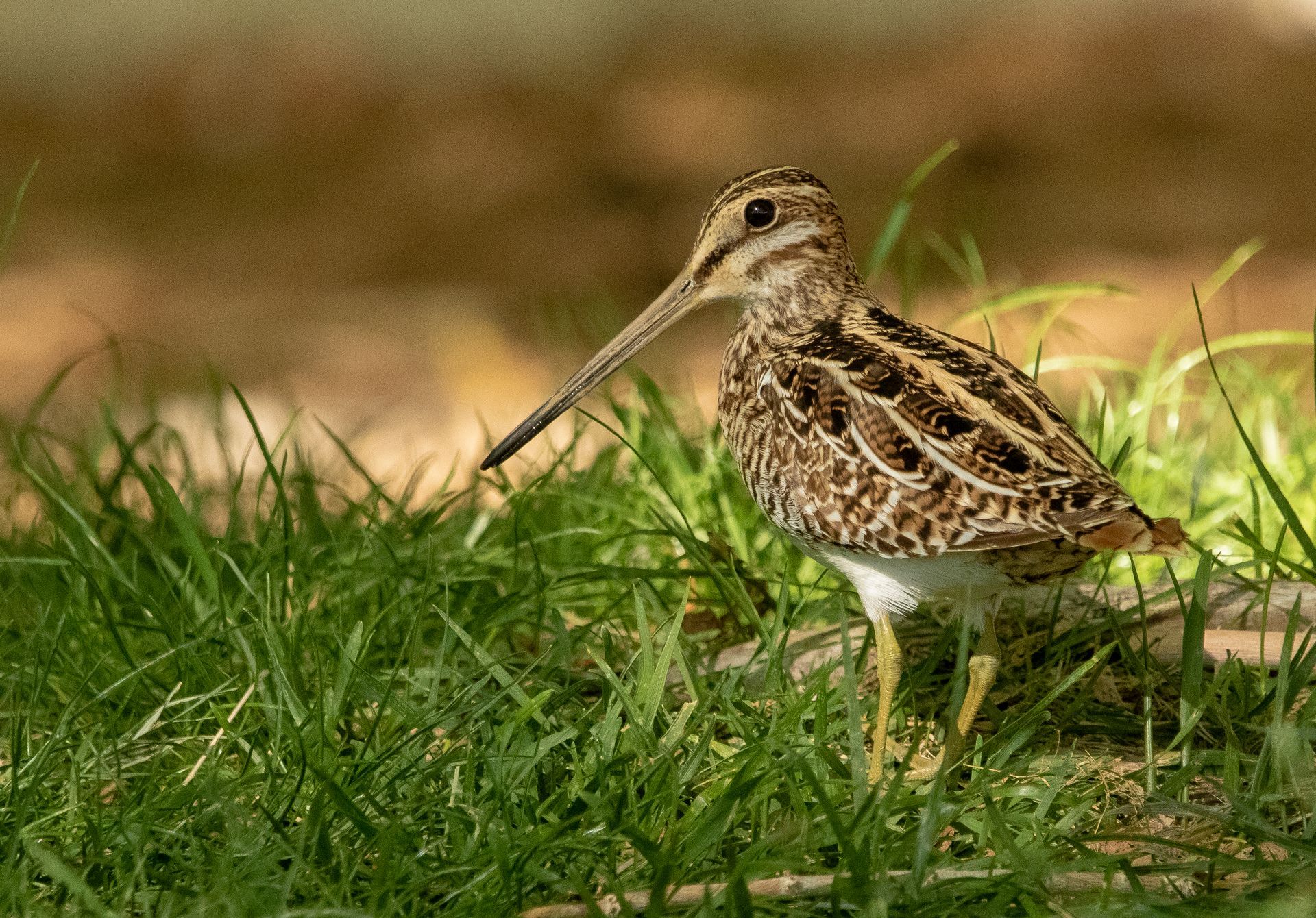August Birding Forecast

By Alex Harper
The birder that gets out in August will be rewarded with observations of migration and post breeding activities of local birds. By late summer, most birds in the northern hemisphere have wrapped up breeding. The young born this year are often now on their own, no longer dependent on their parents. During most of August, many birds are engaging in what is known as post-breeding dispersal.
Post-breeding dispersal is exactly what it sounds like. After breeding and nest-rearing, adult and young birds alike spend time moving away from the nest territory. They will search for food in suitable habitat, and maybe make slow movements southward throughout the day. In short, they are searching for food and fattening up for their upcoming migration in the fall months. Look for local birds wandering into your neighborhoods in the late summer; newcomers may not be migratory but birds wandering locally. You can think of this as birds reshuffling their territories, with the young birds trying to fit in.
This is distinct from migration, which often comes after post-breeding dispersal in the fall for those species that migrate. Migration is better thought of as a seasonal movement between an animal’s suitable breeding range and its suitable wintering territory. Both places serve as critical places for an animal’s survival, so much so that it is beneficial to the species to move in between the two every year of its life.
In August, plovers, stilts and avocets, and sandpipers continue to move in and out of the region. Some of these characteristics include bills that are adapted for feeding on the many organisms that live along environments with shorelines. Shorebirds tend to be capable long-distance flyers, and the shorebirds species that we encounter in Nevada breed in tundra or boreal forest in Canada and Alaska. They may spend their winters in Mexico or Central and South America. Southern Nevada is a stopping point for some of them, and they congregate near the few suitable water sources.
When these shorebirds stop here, they are usually stopping over to refuel. Look for yellowlegs, dowitchers, phalaropes, and various sandpipers at Clark County Wetlands, Henderson Bird Viewing Preserve, and the upper Las Vegas wash. While in shorebird habitat, keep an eye out for unusual herons and egrets, as well as Black Terns.
High-elevation mountains like the Springs and Sheep Ranges promise of water and cooler temperatures and invite migratory birds as well. By early August, hummingbird migration is in full swing. The canyons and hillsides of the higher elevations are ripe with blooming penstemons and thistles, and they continue to entice the odd Calliope or Rufous Hummingbirds, and they will duel with Anna’s, Black-chinned, and Broad-tailed Hummingbirds for rights to flowers.
Some songbirds will begin to sneak through as well. In late August, it can be fruitful to hang out by springs in the Spring Mountains. Deer Creek Picnic Area is a great place. Find any water running by a picnic table and sit by the water. Listen and watch, and eventually you may notice songbirds. They may come in waves of small groups that might be made up of birds of many ages, sexes, and species. These are known as mixed flocks. You may see migratory vireos, warblers, grosbeaks, and tanagers that are coming from other mountain ranges from farther north joining birds that spent the summer in the Spring Mountains, for example. It’s impossible to tell the newcomers from the locals apart, but the fluctuations in numbers during migration help to give part of the plot away.
.
RECENT ARTICLES



